Linux seems to be getting more popular every year. Thanks to well-supported, user friendly distros such as Ubuntu, many people are taking the plunge and realizing that this free and Open Source operating system is a viable alternative to both Windows and macOS.
However, no computer is useful without any actual applications to get your work done. This can be a problem for new Linux users, because many familiar applications simply aren’t available in Linux form.
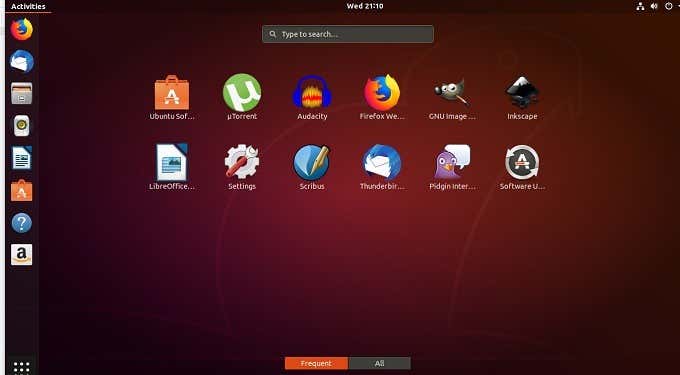
We’ve compiled examples of the best Linux apps for common-use case categories to get you started. Where possible, we’ve tried to favor Open Source software, but some of the apps here are proprietary.
Best Photo Editing App: GIMP
Adobe Photoshop is widely considered to be the industry standard when it comes to photo editing. After all, people refer to any photo manipulation as “photoshopping”. Photoshop is available on both Windows and Mac. In fact, there’s even a native iPad version now.
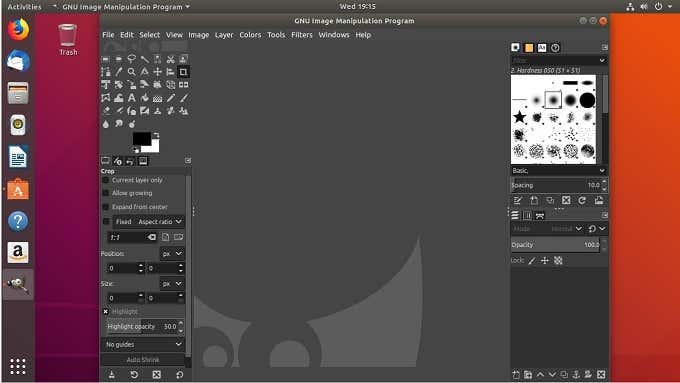
However, there’s no native Linux version of this popular application. While it is possible to use Photoshop through a virtual machine or WINE, but that’s not going to run optimally. Even worse, you need to sign up for a 12-month subscription in order to use the app.
Luckily Linux has the GIMP. A robust, free and open source alternative to Photoshop. GIMP has been around for decades and, despite a different learning curve to Photoshop, offers most of the most important features you’d get from Adobe. A skilled GIMP user can achieve the same results as someone who knows Photoshop, but without all of the baggage that comes from a proprietary, subscription-based application.
Best Digital Art App: Inkscape
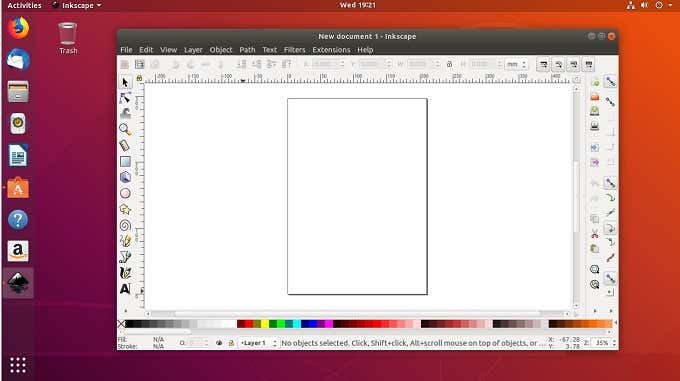
Vector graphics drawing software can be pretty expensive, but if you’re willing to put up with a few rough edges, then Inkscape will give you all the tools you need without costing a cent.
Of course, the artistic talent part of the equation is up to you, but if you’ve got the drawing chops, Inkscape can help make your vision a reality. It does have some limits when it comes to file format support, but overall you should have no problem sharing your creations with clients and other artists.
Best Gaming App: Steam for Linux
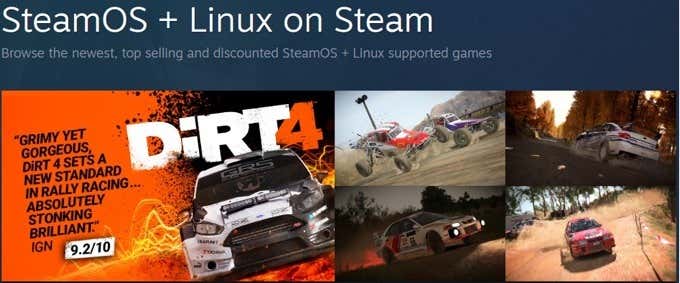
Gaming on Linux has always been a lackluster affair. Even when AAA titles have Linux versions, installing and configuring them is the opposite of fun. Modern app frontends in Ubuntu and other desktop Linux versions can help, but it’s still not as smooth as it should be.
Which brings us to Steam. This is the client application from Valve Corporation, who own and operate the largest PC digital store in the world.
Not only can you buy native Linux games through Steam, you can also play a wealth of Windows games that have been certified to work through a special implementation of WINE. Known as “Steam Play”, this has been a literal game changer for gaming on a Linux machine.
Best Office Suite: LibreOffice
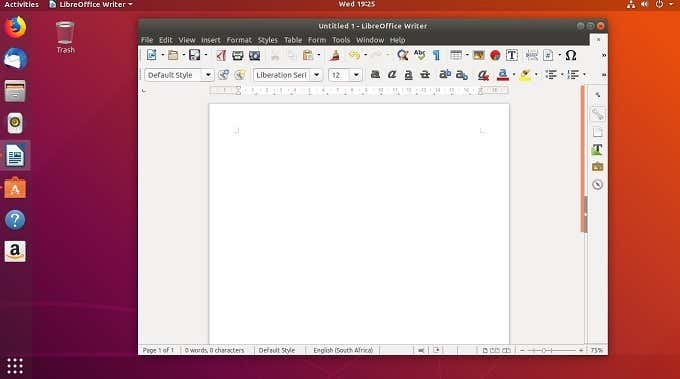
Beloved by frugal students, workers and lovers of Open Source software the world over, LibreOffice is the definitive alternative to the juggernaut that is Microsoft Office. It includes a word processor, spreadsheet app, presentation app and a database solution.
Libreoffice will feel pretty familiar to those who worked with Microsoft office in the 2000s, before the radical interface redesign. Functionally most users will find everything they need in Libreoffice, although those functions might be in places you don’t expect.
There are of course many great alternatives to Microsoft Office, you can see our roundup of the best ones here.
Best Desktop Publishing App: Scribus
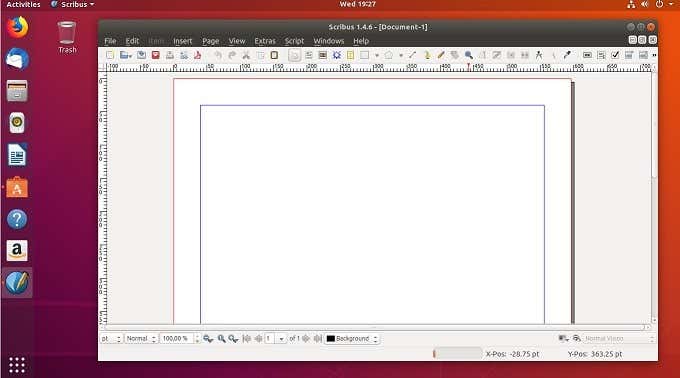
Desktop publishing (DTP) has had a bit of a resurgence over the last few years. With the rising popularity of eBooks, eReaders, tablet computers and other digital stand-ins for paper, it’s become pretty relevant again to do smart page layouts and beautiful book interiors.
It’s also easier than ever to self-publish and if you have access to a specialized desktop publishing program, then you can make it look like the real deal from the comfort of your own computer.
Which is where Scribus comes into the picture. This wonderful program started out as a simple Python program and has now developed into a serious DTP program. If you want to know what Scribus can do, just have a look at this list of “Made by Scribus” publications. It’s the real deal and the author of this article has actually designed and published a technical computer guide using this very program.
Given the cost of professional DTP software, Scribus certainly counts as one of the best Linux apps of all time.
Best Email Client: Thunderbird
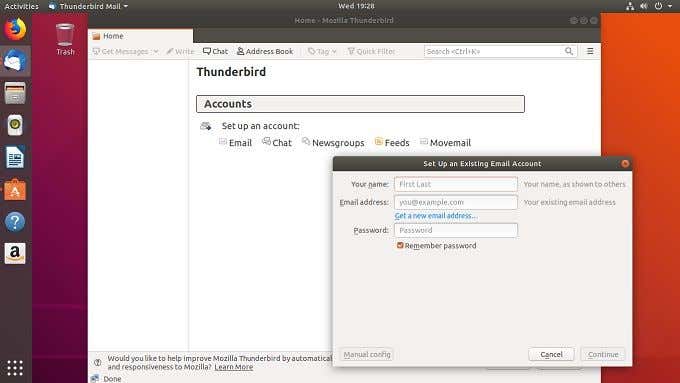
With the popularity of web-based email services, such as Gmail, not many mainstream users have a real need for a desktop email client. Still, if you need to use a work email account or a private email server, it still makes sense to have client software.
The same is true if you need to make use of advanced customization or have to store all your email offline. Whatever your reason for needing an email client, Linux users should definitely give Mozilla Thunderbird a chance. It’s supported on Windows and Mac as well, which can be beneficial if you need to use several platforms and want some consistency.
Thunderbird has been getting a little long in the tooth, but early in 2019 Mozilla committed to modernizing Thunderbird with Gmail support, an interface revamp and user-friendly encryption. Even as it stands, this is still the best-supported and one of the most feature complete mail client Linux apps.
Best Screen Recorder and Streamer: Open Broadcaster Software

There’s a long list of reasons to record your screen. You want to create a tutorial, document a bug or livestream something to an audience. Open Broadcast Software has been the package of choice for these use cases across multiple platforms for years.
The interface is a little spartan and there is a bit of a learning curve, but OBS is easy to use once you know how. It also offers some neat advanced features, chief of which is the ability to easily create a recording that mixes together multiple video sources. For example, you can record your desktop and your webcam feed at the same time. Easily arranging the elements that will end up in the final product.
Since OBS is so popular, it’s supported by every streaming service that matters and it has development sponsorship from real industry heavyweights as well, so it’s a pretty safe bet to jump on the OBS bandwagon, without worrying that you’ll have to switch to anything else in the future.
Best Media Player: VLC

These days most people simply consume their video media via streaming services such as YouTube, Netflix and Apple TV+. However, before broadband was so widespread, we often had to get our digital media as discrete files from various sources.
The range of encoders and formats made it a hard gamble whether a given video would even play on your computer. Then we were blessed with VLC player, which seems almost entirely unflappable in the face of whatever media format you throw at it.
If you still have your own digital or physical media and want to play it on a Linux computer, VLC is one of the best Linux apps to have installed.
Best Video Editor: DaVinci Resolve

It’s mind-boggling that you can get a Hollywood-grade video editor like DaVinci Resolve for free, but it’s true! The free version does have some minor limitations compared to the $300 DaVinci Resolve Studio, but for 99% of users this is going to be a fantastic video editor, that also includes a robust compositor and audio processing package by default.
If you have the right version of Linux (such as CentOS) you can also build an absolutely monstrous multi-core, multi-GPU video rendering workstation. DaVinci also sells a catalogue full of amazing video editing hardware and camera equipment that work perfectly with Resolve, so if you have an eye on moving into the video production big leagues, DaVinci can stay with you all the way.
If this pro-grade solution is a little intimidating, you should also give OpenShot a look.
Best Work Messaging App: Slack for Linux

Slack is, despite the name, one of the most popular messaging apps in the world for groups of people to do productive work together. There are entire organizations that run off Slack as the glue that binds them together and since so many developers work in a Linux environment, you can be sure there’s a robust version of the app there as well.
Slack is not an Open Source application and relies on an online service to work, but unless you work alone, it’s almost certainly going to be an essential part of any Linux workstation.
Best BitTorrent App: uTorrent for Linux
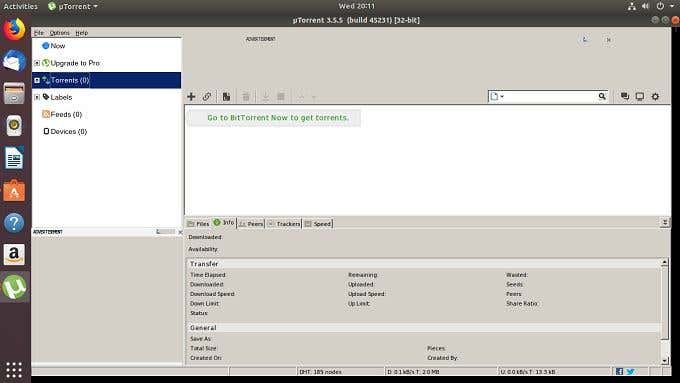
Many people will of course say that Transmission is their Torrent client of choice, but there’s a reason uTorrent has become the de facto standard when it comes to Bittorrent software on any platform. It’s fast, very lightweight and incredibly simple to use.
Yes, it may be considered the “vanilla” choice these days, but it’s easy to forget that uTorrent is the standard by which others are measured. Using it is like putting on a well-loved pair of socks. It just feels good. The version in the Ubuntu store runs using WINE, but still works just fine.
Best Web Browser: Mozilla FireFox

While Chrome has certainly become the browser of choice for most people, Mozilla Firefox has a few distinct advantages on Linux. For one thing, it’s actually an Open Source application. Chromium, which Chrome is based on, is also Open Source, but Google Chrome is not.
FireFox has more than kept up with Chrome when it comes to modern browsing features and comes with far fewer privacy concerns. If you don’t like the idea of Google having their fingers in everything you do online, moving away from Chrome is an important first step in keeping your online activity safe.
Best Audio App: Audacity
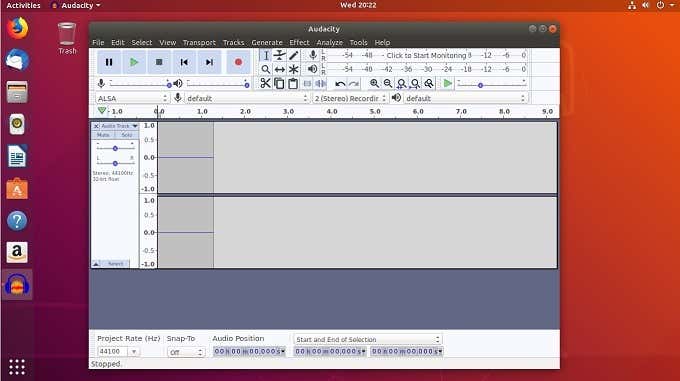
If you’ve worked in audio engineering for any length of time, there’s a good chance you’ve already heard of Audacity before. It’s a powerful multi-track audio recording applications with a robust set of plugins and tools to manipulate that audio once recorded.
Audacity is simple enough for anyone to use when it comes to simple recordings, but it can be used for professional content creation as well. You can record music using the multi-track feature or create a slick podcast, with background music and crisply edited dialogue.
Audacity also has a great set of touchup tools, so you can remove unwanted noise, change the sound properties of a clip and work all the other common magic audio engineers get up to. Of course, you need to know what everything does and how it works, but that’s nothing serious time watching YouTube tutorials won’t fix.
Best Music Player: Clementine
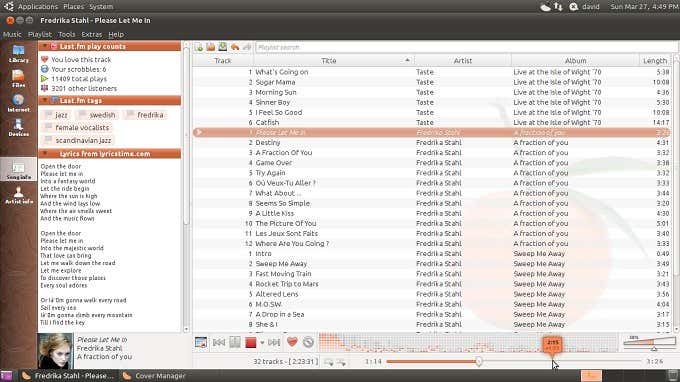
VLC will do a decent job as a music player, but if you’re serious about your locally-stored library of music on a Linux machine, then Clementine is the only game in town.
It’s lightweight, fast and very user-friendly. You’ll have your music library organized in no time flat and spend more time jamming out than squinting at a giant random playlist.
Best Virtual Machine App: VirtualBox
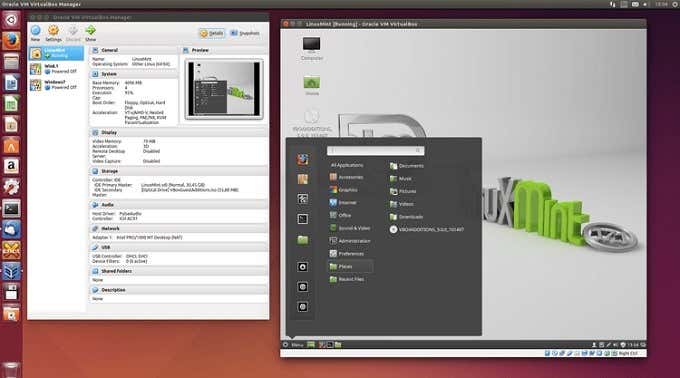
Virtual machine technology has come along in leaps and bounds over the last few years. Most modern CPUs can run virtual machines with little performance penalty and it allows you to access multiple operating systems on the same machine without the need to partition the drive or reboot the system.
Virtual machines are also pretty handy for privacy and cybersecurity purposes and, of course, to let you run applications not designed for the host operating system.
Luckily, Linux users have access to one of the best virtual machine applications on any platform. VirtualBox is simple to use and widely compatible with many different operating systems as a host. Which means you can run Windows, other Linux distributions, and much more, within a window on your Linux desktop.
Best Backup App: Timeshift

User-friendly backup solutions are pretty rare on Linux, but if you have a Debian system (such as Ubuntu), you can use a Linux app called Timeshift to make incremental backups much the same as Time Machine on macOS does.
It’s free and open source, although it does require a manual install. Once you get it on your system, it has a friendly graphical interface and is a doddle to set up. In the unlikely event that your Linux system suffers a catastrophic failure, you’ll be grateful that you have Timeshift.
Best Partition App: Gparted

Hard drive partition management is something that Windows users hardly ever have to worry about, but Linux users often have to tweak the partition structures of their hard drives. If that’s something you end up having to do, the best app with which to do it is Gparted.
The latest version of Gparted has a clear and simple graphical interface, so you have no trouble understanding the current layout of your drives. You can easily delete, resize and create partitions, with only a small chance you’ll do irrevocable damage to your system. It’s certainly much easier to use than the command line.
Best Cloud Storage App: DropBox for Linux
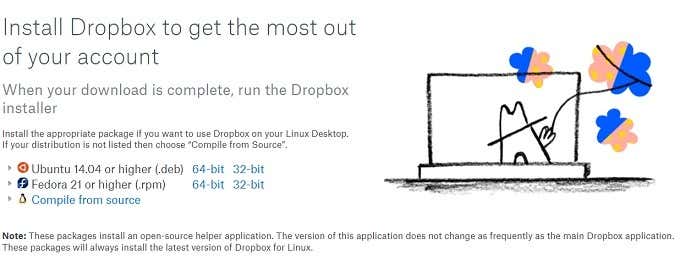
There’s not too much to say about DropBox for Linux. It’s the same basic client for the DropBox service you get on other platforms. Which is to say it integrates nicely with your local file system and just works.
You can sign up for a free account that includes a few gigabytes of storage, so there’s no reason not to give this one a go.
Best Instant Messaging App: Pidgin
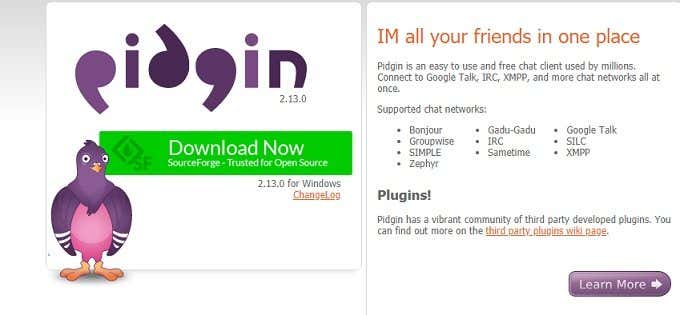
Pidgin is a super-versatile instant messaging app that lets you plug in a long list of customizations and use many different IM services. It’s completely free, small to download and doesn’t use up a noticeable amount of system resources.
Sadly, it doesn’t have Skype or proper VOIP support, but if you want to happily chat via text, it’s an essential download.
Best Linux Antivirus App: ClamAV With ClamTk Frontend
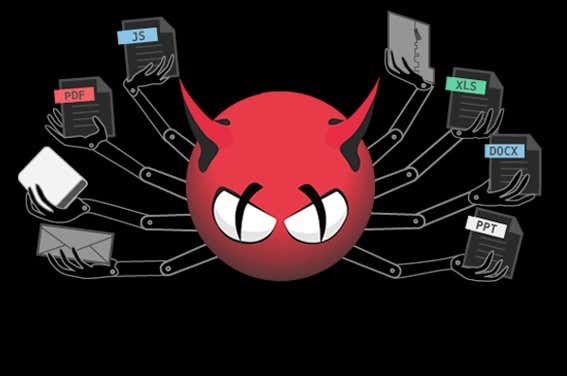
Like macOS, Linux doesn’t have much of a virus problem. This is largely because it has such a relatively small user base, so the naughty people who write malware don’t have much incentive to target these niche systems.
That doesn’t mean however that there are no Linux viruses, as some people wrongly believe. But when it comes to available antivirus choices for Linux users, the selection is rather limited.
ClamAV is an Open Source Linux antivirus application which can deal with the small number of Linux viruses that are out in the wild. By itself, ClamAV only offers a text-based command line interface. So you need to add the ClamTk graphical frontend for a more palatable experience.
It’s not an essential application for the vast majority of Linux users, but if you run a mission-critical machine that’s vulnerable, give it a look.
Linux Has the Best Apps!
Never let it be said that Linux doesn’t have the right applications for just about any use case. We haven’t even scraped the surface with these common types of software. There’s a wealth of scientific, creative and relatively niche software packages for the operating system, often for the princely sum of zero.